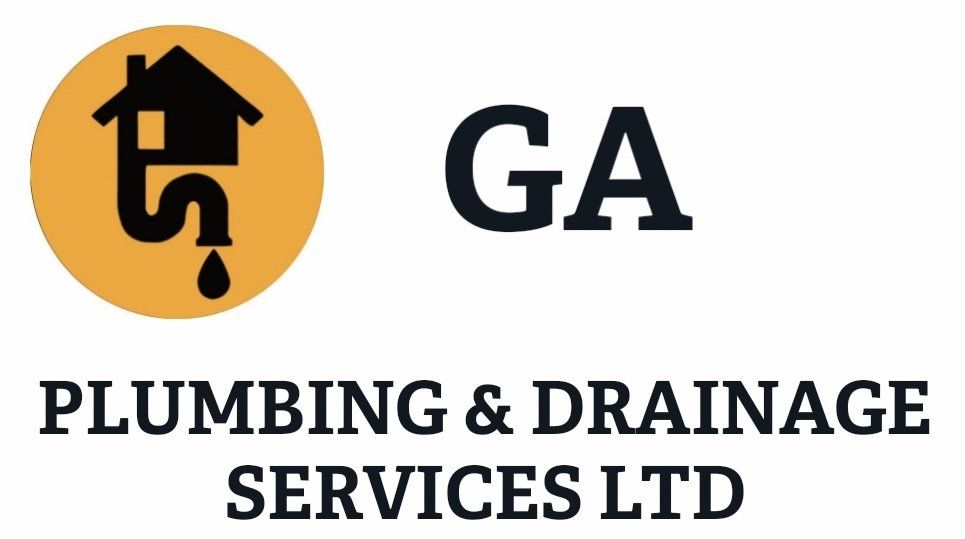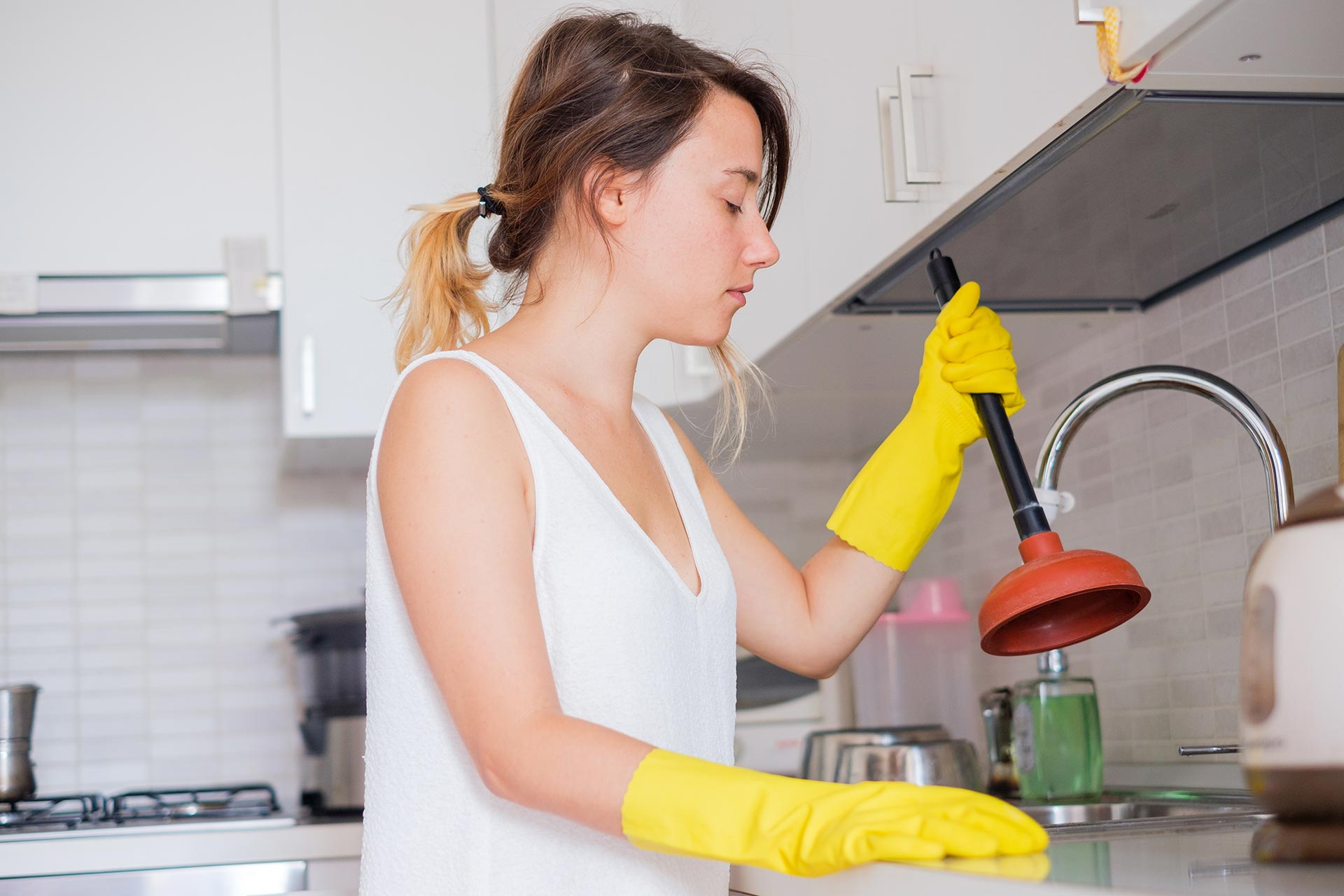How to avoid kitchen sink blockage
There is a lot of advice available for how to clear your kitchen sink after it's blocked, but it can be even more helpful to prevent a blockage in the first place. By following some basic guidelines (depending on your style of sink) and doing a bit of routine flushing, you can successfully avoid back-ups and blockages in your kitchen sink.
1 Use a drain strainer. If you do not have a garbage disposal unit installed in your sink, it is very important to avoid letting food scraps go down the drain. Find a drain strainer that fits the opening of your sink and use it collect food scraps.
- A wide variety of drain strainers are available at hardware stores.
- It can be helpful to bring along a photo of your sink and ask a sales associate to help you choose the right one.
2 Avoid pouring grease or oil down the drain. Never pour hot fat down the kitchen sink. The fat will cool down, congeal, and set in the pipes. The best approach is to let fats/oils cool in a container (such as a coffee can) and place the solid fat into the garbage bin.
3 Avoid putting tea leaves down the sink drain. Tea leaves can accumulate in the drain, expand, and clog at the S-bend. As such, it is important to prevent tea leaves from going down the drain. Throw your tea leaves in the trash, or you can use them in compost if you have a garden.
4 Pour hot water down the drain weekly. Even if you are careful, a small amount of food and/or fats can make their way down your drain. In order to prevent blockages, it is a good idea to pour boiling hot water down your sink about once a week. Heat some water in a kettle, and pour it slowly down the drain.


